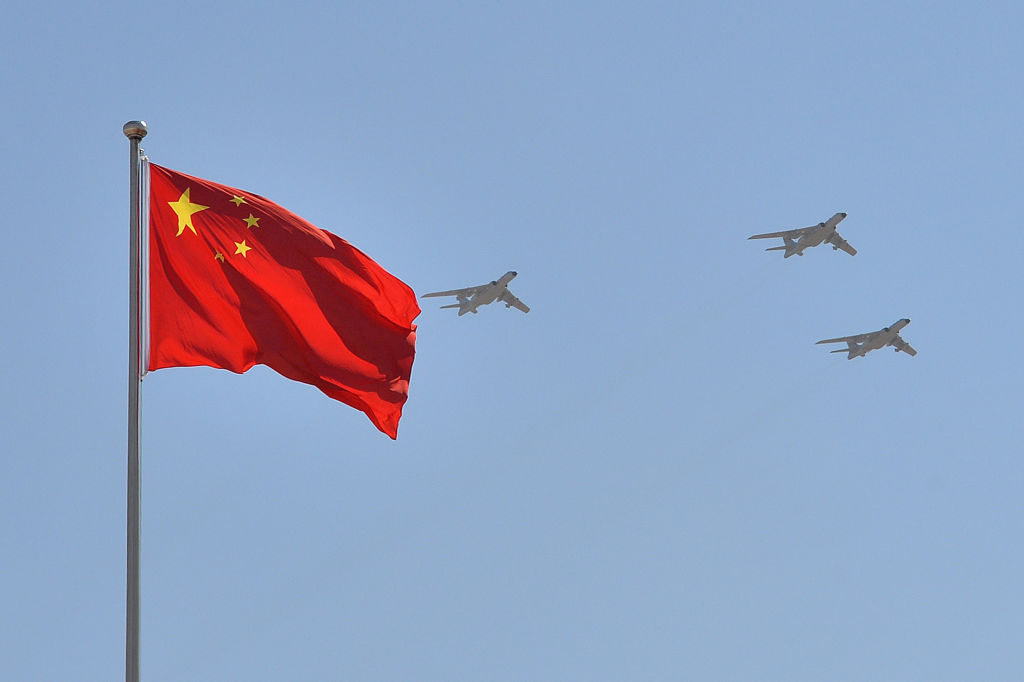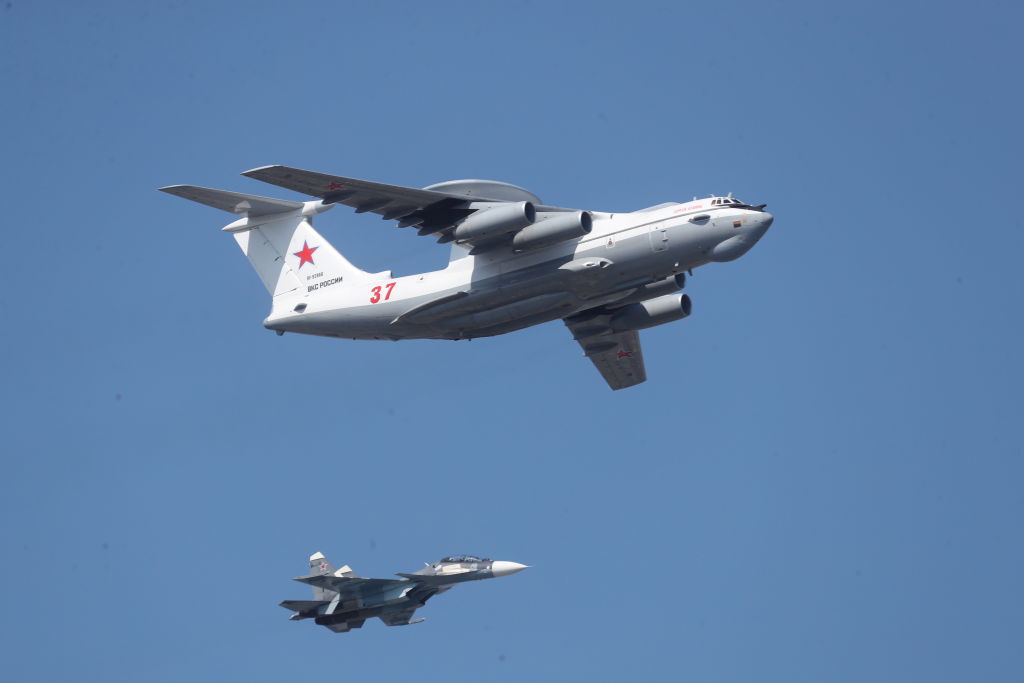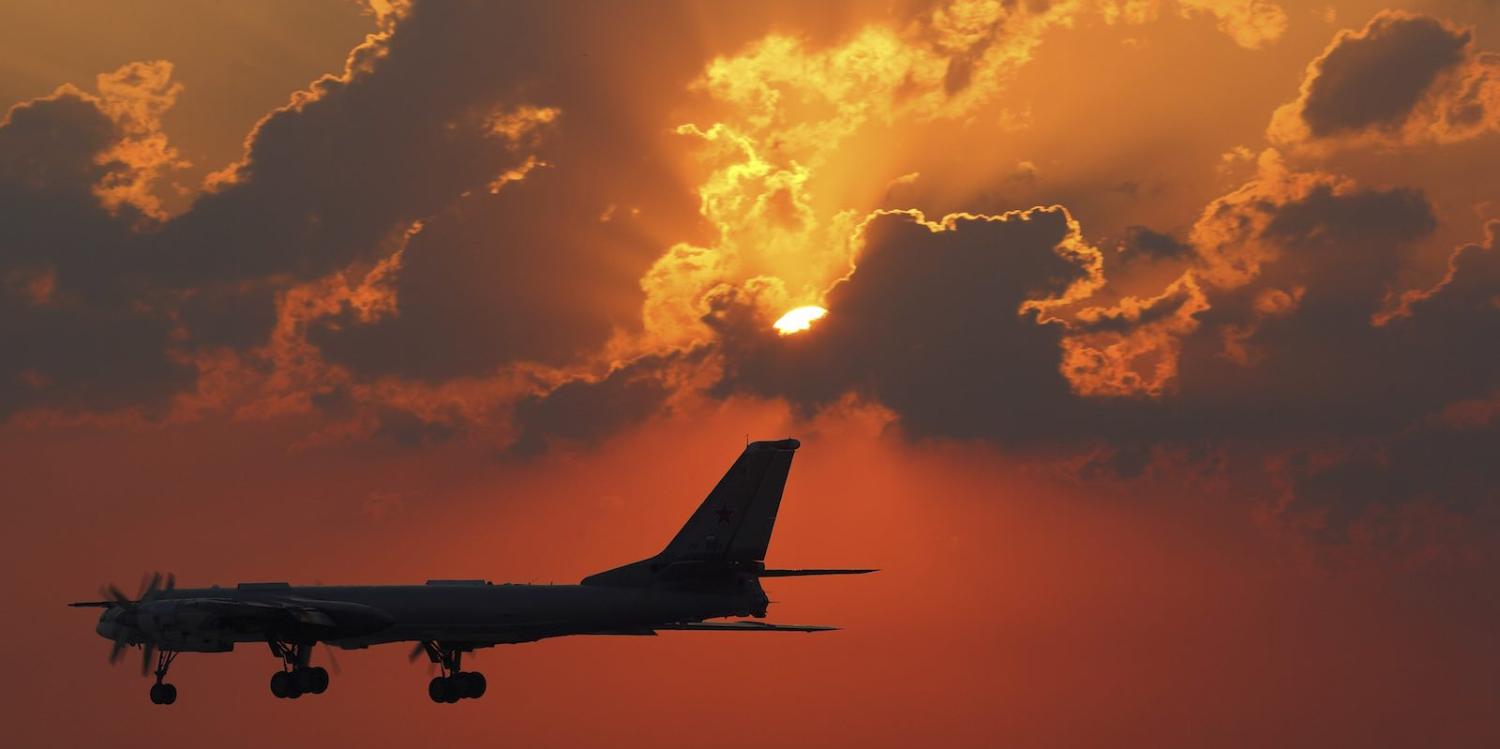Last Tuesday (23 July) was a bad day in Northeast Asia, not just for what happened but what it foreshadows. Tensions are rising. After all, it’s not every day that a South Korean jet fighter fires across the bow of a Russian spy plane.
Tuesday’s first big event was the inaugural China-Russia joint air patrol between large, long-range, nuclear cruise missile capable bombers. The People’s Liberation Army Air Force sent two H-6Ks from the Nanjing Military Region. The Russian Aerospace Space Force sent two Tu-95MS from the Ukrainka airbase in Russia’s east, the same base’s aircraft deployed to Indonesia in 2017.
The bombers rendezvoused north of the disputed Liancourt Rocks (Dokdo in Korea, Takeshima in Japan) in the Sea of Japan and formed a box formation, flying some 3–4 kilometres apart. The formation then flew southwest at an altitude of about 26,000ft (8000 metres), passing between Japan and South Korea. The Chinese aircraft departed for home when west of Okinawa; the Russian aircraft then flew east until southeast of Okinawa before returning to Ukrainka.
This simple air operation was all about the messaging. Both sides heralded the air patrol as enhancing their joint operational capabilities, taking their military-to-military cooperation to a new level appropriate to “the new era”.

The air patrol was the first tangible expression of China’s new defence white paper released the next day, the first under Xi Jinping and tellingly titled “China’s National Defense in the New Era”. (Note: a military strategy document was released in 2015) The new white paper declared that China’s and Russia’s: ”military relationship … continues to develop at a high level, enriching [our] comprehensive strategic partnership of coordination for a new era and playing a significant role in maintaining global strategic stability.” Indeed, the day before (22 July), Russia declared it was working with China on a new closer military cooperation agreement.
All this sounds like the realisation of the US strategic nightmare of China and Russia forming a military alliance, what has been called “the most dangerous scenario”. Certainly some commentators in Moscow see the air operation as denoting an important perceptual shift. Previously China and Russia had tried to play each other off in their relationship with the US, yet now they appear combining forces to balance against America. This clearly carries risks for Russia in becoming entrapped in regional disputes.
Tuesday’s second big event made that risk obvious. A Russian A-50U airborne early warning and control aircraft deployed to Vladivostok assisted the bomber rendezvous. After this, it headed south independently.
With both the bomber formation and the A-50U in the South Korean and Japanese Air Defence Identification Zones, the two nations launched fighters to visually identify the intruding aircraft as they transited through international airspace. Japan’s air force is very experienced in this process. However, the A-50U then entered South Korean-claimed territorial airspace around Liancourt Rocks, causing a major ruckus.

The South Korean fighters tried numerous radio calls, wing waggles, close approaches, and flare launches before opening fire with their 20mm cannon (about 80 rounds) to finally get the A-50U to leave South Korean airspace. Almost half-an-hour later, the A-50U returned. South Korean fighters again encouraged the A-50U to leave, this time firing 280 cannon rounds.
Firing warning shots is a very serious, almost final step – the next is shooting the intruder down.
Firing warning shots is a very serious, almost final step – the next is shooting the intruder down - and a significant development. It is probably the first time since the Cold War this has happened in Northeast Asia. The A-50U’s actions do not appear accidental. Given the aircraft’s long-range air surveillance radar, the crew would have readily detected approaching fighters, perhaps even from take-off. The Seoul-based Russian defence attaché’s excuse of technical glitches was quickly disowned by Moscow.
It seems likely the A-50U was gathering intelligence using its electronic sensors to map out the South Korean and Japanese air defence reactions to the bomber formation and the territorial incursion. A-50Us have done similar elsewhere before. The bombers carefully avoided the rocks but the A-50Us’ flight path stimulated the South Korean air defence system to its maximum short of war. As in Syria, Russia seems happy to push its air activities to the edge. What’s next? GPS navigation signal jamming?
Worryingly, US reaction was limited to a comment by a middle-ranking Pentagon spokesman, although the new US Defence Secretary Mark Esper noted he’d heard of the incursion. It seems this is a problem for South Korea and Japan not their major alliance partner. In this, the Japanese have complained to both Russia and South Korea for infringing “their” rock’s airspace.
Tuesday’s somewhat overshadowed third big event was Kim Jong-un unveiling a submarine potentially able to be armed with nuclear ballistic missiles. This combined with a growing nuclear weapon arsenal and solid fuel ballistic missile testing suggest North Korea is moving to a survivable strike capability enroute to a nuclear warfighting posture.
Tuesday ended with tensions increased, a China-Russia quasi-alliance exercised for the first time, Japan and South Korea rather alone in the face of China’s and Russia’s “bold and provocative" actions, a seemingly weaker American alliance structure in Northeast Asia, and a deepening North Korean nuclear problem. That was a bad day for regional peace and stability. Others will hopefully be better.

